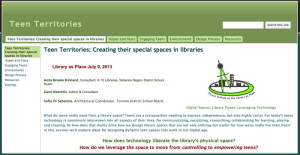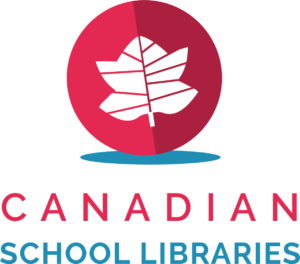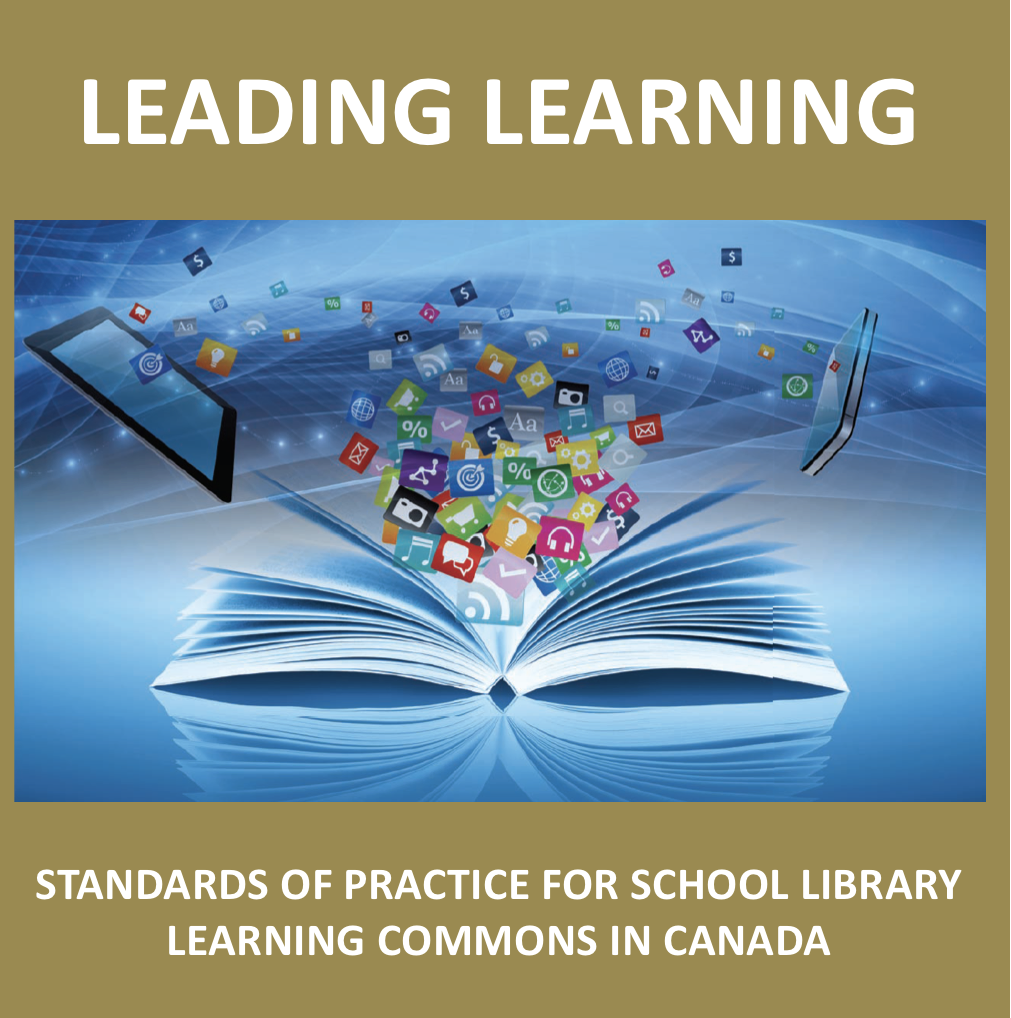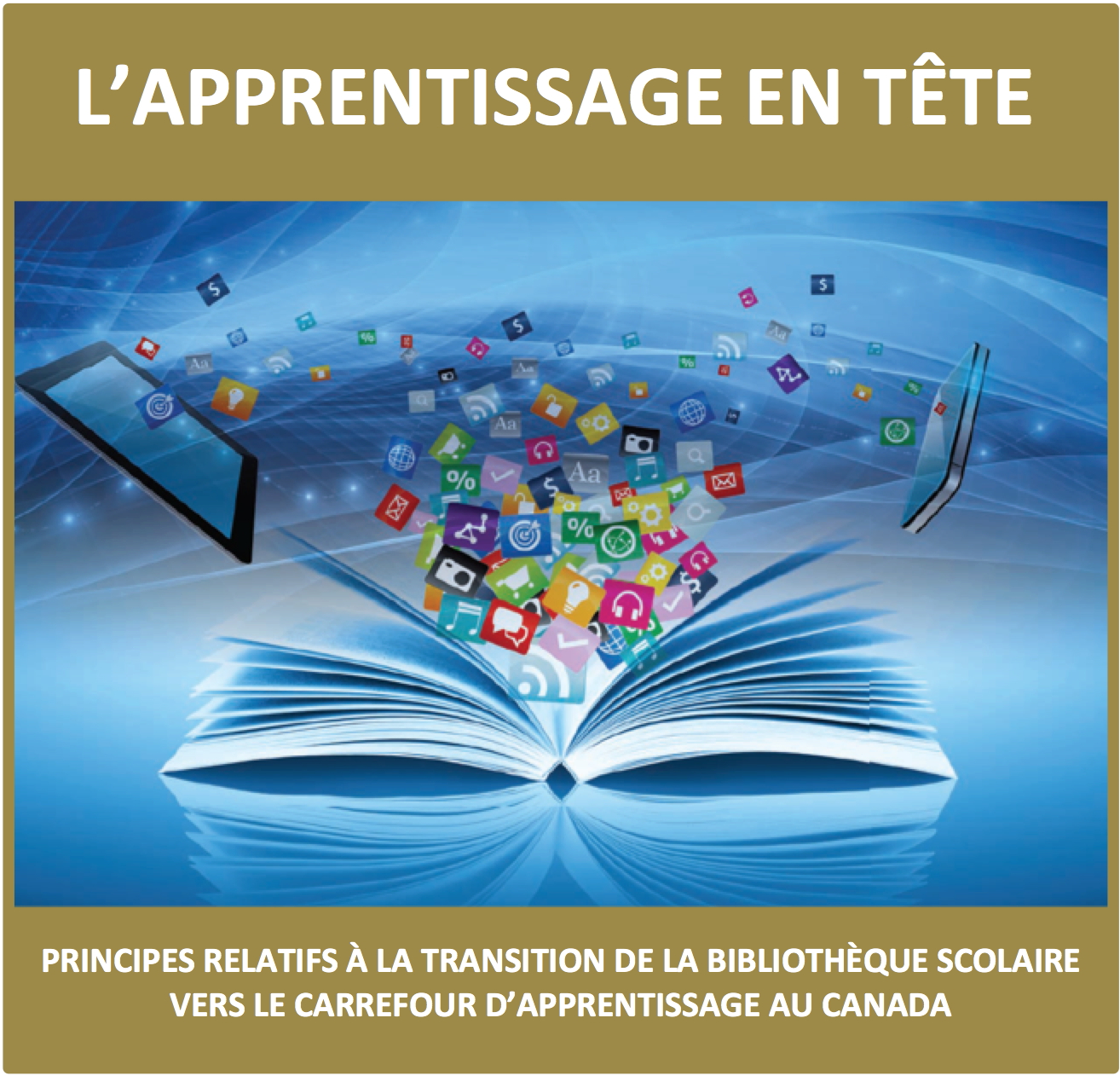In the early days of implementing Together for Learning, transforming the physical space of the school library was a tangible goal for many. Realizing the learning commons philosophy by considering design components that “expanded engagement” and considered “collaboration, comfort and community” seemed immediately achievable. Indeed, when I asked teacher-librarians in two school districts to reflect on where they were in implementing T4L, they most frequently indicated that they were more confident about transforming their physical spaces than in any other aspect of the document. (DDSB 2011 and SCDSB 2011)
My sense is, however that the full potential of the learning commons philosophy for transforming physical spaces has yet to be realized. Developments in technology have the potential to liberate our physical spaces from the constraints of desktop computing and bloated physical collections. Instructional approaches like inquiry and project-based learning that are sympathetic with the school library program are becoming predominant in education rather than fringe. Consider how these factors can have an impact on the design of your library space.
The library’s design must enable the core differences between learning in the classroom and learning in the library. When I ask teachers what is different about what their students experience in the library than in any other space in the school, they consistently land on the idea that in the library students have more control of their own learning. That is a strength that is worth leveraging through thoughtful design.
Instructional design that values collaboration and inquiry can liberate us from heavy, immobile furnishings. Ubiquitous wireless can release us from the false construct of computer lab learning to the flexible use of mobile devices for anytime, anywhere learning. Renewed understanding of reading engagement as a key component of literacy can transform the library from a book repository designed for quick and dirty book exchange visits to inviting environments for connecting to individual reading choices. The current focus on authentic and participatory learning can transform the library from a book repository to a resource and technology-rich creative learning environment.
 I recently had the pleasure of presenting at the Ontario Library Association’s Annual Institute of the Library as Place with independent consultant (and my personal guru) Carol Koechlin (@infosmarts) and Sofia Di Sabatino, architectural coordinator for the Toronto District School Board. Our topic was teen spaces, and the approach was to take universal ideas that could apply to all library sectors to transform design philosophy from control to empowerment. Please visit our presentation website, Teen Territories: Creating their special places in libraries, where we explore these ideas and connect to extensive resources for you to consider.
I recently had the pleasure of presenting at the Ontario Library Association’s Annual Institute of the Library as Place with independent consultant (and my personal guru) Carol Koechlin (@infosmarts) and Sofia Di Sabatino, architectural coordinator for the Toronto District School Board. Our topic was teen spaces, and the approach was to take universal ideas that could apply to all library sectors to transform design philosophy from control to empowerment. Please visit our presentation website, Teen Territories: Creating their special places in libraries, where we explore these ideas and connect to extensive resources for you to consider.
Please watch for my upcoming article in School Libraries in Canada, where I will connect these ideas more specifically to the K-12 context, and suggest concrete ideas for transforming school library spaces to leverage new thinking in education and in libraries.









